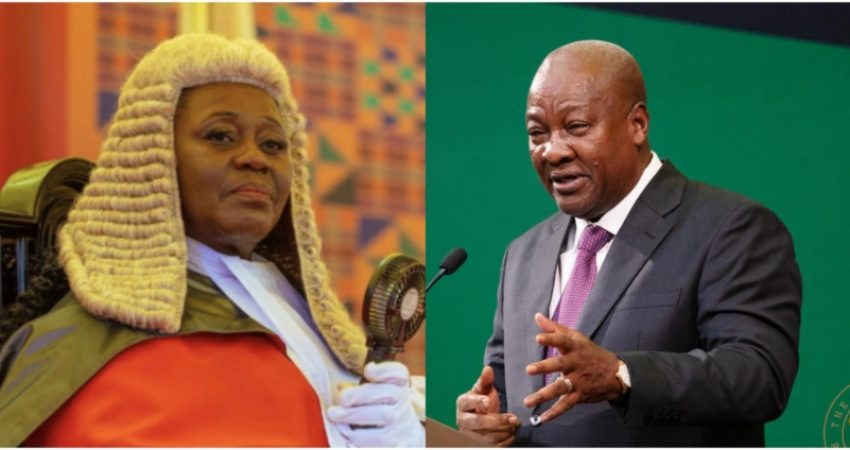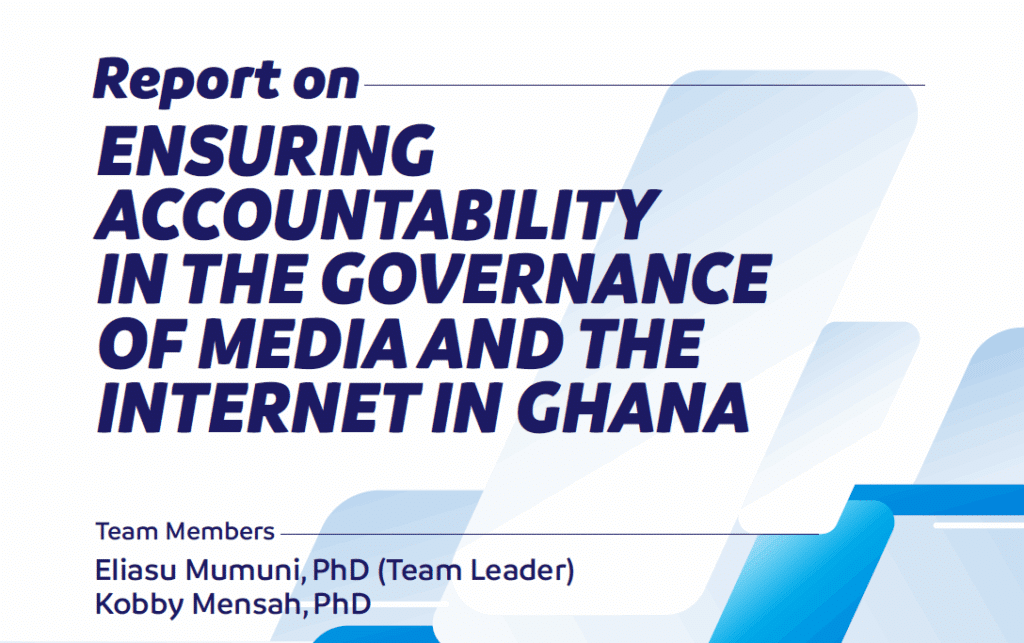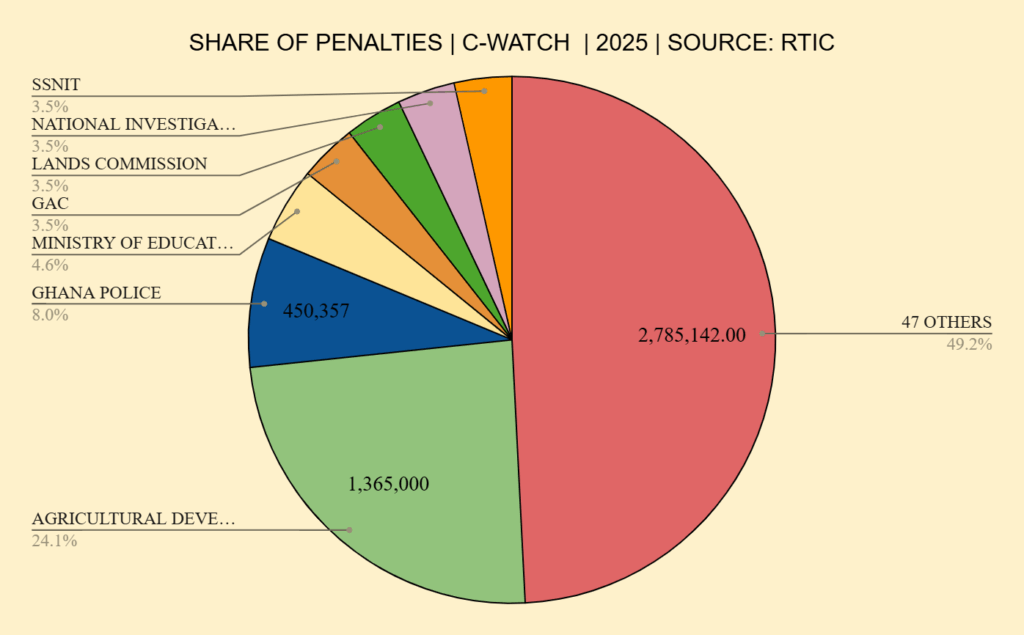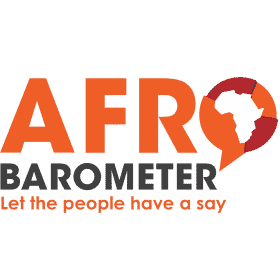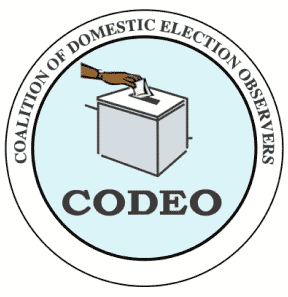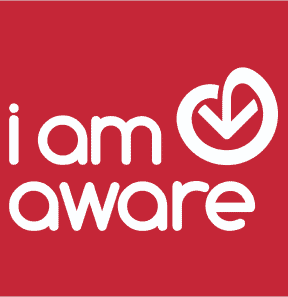Introduction
On March 25, 2025, President Mahama, through Minister for Government Communication Felix Kwakye Ofosu, announced that three petitions to remove the Chief Justice had been submitted to the Council of State, in line with Article 146(6) of the 1992 Constitution. On April 7, Chief Justice Gertrude Torkonoo formally submitted her response to the petitions, meeting the deadline set by President Mahama. The specifics of the allegations against her and the contents of her response have not been made public. Previously, former President Akufo-Addo rejected a similar petition for the Chief Justice’s removal on the eve of President Mahama’s inauguration in January 2025. The petitioner, activist and legal scholar Stephen Kwaku Asare, accused the Chief Justice of misconduct and incompetence. His complaint centered on her request that the President appoints specific judges, who were then presented for the Judicial Council’s approval. However, President Akufo-Addo’s dismissal of the petition effectively ended that challenge.
The constitutional procedure for removing the Chief Justice involves the President first determining whether there is a prima facie case to proceed. If so, the President, upon the advice of the Council of State, forms a committee consisting of two Supreme Court justices and three other individuals. This committee then investigates and advises the President on whether the Chief Justice should be removed. (See Agyei Twum v Attorney-General and Akwetey [2005-2006] SCGLR 732).
Since, the announcement, public debate—led by lawyers—has focused on the prima facie requirement and the legal propriety of the President’s actions. In this article, I avoid the prima facie debate. I argue the issue is more about governance than legal interpretation, requiring a rethink of the tools and approach used.
The Presidency’s communication lacks clarity on the current stage of the process. It is unclear whether the President is still assessing a prima facie case or has involved the Council of State to form a committee. Regardless, the matter must be handled delicately in the interest of sustainable judicial reform.
The practice of removing heads of Independent Governance Institutions (IGIs) in the 4th Republic
The debate over the Chief Justice’s removal has reignited broader concerns about the constitutional process for removing Heads of Independent Governance Institutions (IGIs). Under the 4th Republic, the first notable case was Commission on Human Rights and Administrative Justice (CHRAJ) head Mrs. Lauretta Lamptey’s 2015 removal for misusing public funds. The second was in 2017, when Electoral Commission (EC) Chair Charlotte Osei and her deputies were removed, primarily for procurement law breaches.
The political fallout from the EC boss’s removal persists, weakening the institution and threatening Ghana’s electoral democracy. Challenges with the constitutional removal process extend beyond CHRAJ and the EC, also affecting the Bank of Ghana (see Article 183 (4) and, more recently, the Auditor-General (Article 187(13). Only the NCCE head appears to have consistently enjoyed security of tenure across governments. At the Bank of Ghana, Governors often resign or are pressured to leave after a change in government. When this occurs before retirement age, taxpayers end up funding the salaries of both the outgoing and incoming Governors—effectively paying two people for one role to maintain political harmony.
Security of tenure for heads of IGIs has been an important constitutional safeguard, strengthening checks and balances and serving Ghana well in the first two decades of the 4th Republic. Figures like the celebrated Former EC boss, Dr. Afari Gyan and CHRAJ heads Emile Short and Anna Bossman exemplify its benefits. Ghana’s constitutional order thrived in those two decades. Challenges emerged only when it came time to replace long-serving incumbents. In all cases, Presidents bypassed calls for extensive stakeholder consultation and unilaterally appointed successors to IGI heads. Efforts by organizations like CDD-Ghana and the Coalition of Domestic Election Observers (CODEO), especially during Dr. Afari Gyan’s replacement, were ignored. Presidents have also selectively acted on removal petitions. As a result, a constitutional safeguard meant to protect IGI heads has been turned into a tool that undermines their tenure security.
The governance roots of the Chief Justice problem
Removing a Chief Justice is a grave matter, and not an enviable task for any President. As administrative head of the Judiciary—the third branch of government—the Chief Justice oversees the final resolution of disputes. If the Judiciary fails in this role, a constitutional crisis is inevitable.
The current tensions between the government, judiciary, and Chief Justice trace back to the 2021 election petition. The NDC challenged President Akufo-Addo’s 2020 victory in the Supreme Court but was dissatisfied not only with the ruling upholding the EC’s declaration, but also with what they saw as judicial bias and undue protection of the EC Chair. Justice Anin Yeboah was Chief Justice during these events, retiring in 2023. Following the election petition, several “political cases”[1], particularly from Parliament, arose amid struggles in a hung Parliament[2], such as the James Gyakye Quayson case.[3] The National Democratic Congress (NDC) lost all these cases, leading to claims that the Supreme Court was biased. The Court was tagged “unanimous FC”. Allegations were also made that the Chief Justice had interfered with panel compositions and abused administrative powers to influence case outcomes.
The NDC also raised concerns about the uncapped number of Supreme Court judges.[4] Tensions escalated in the 2024 election year, with President Mahama declaring the party would not pursue election disputes in court, citing lack of trust in the judiciary. The situation worsened with a standoff between the Chief Justice and the Speaker of Parliament, pushing Ghana to the brink of a constitutional crisis.
Legislative Reform: The Key to Ending Tit-for-Tat Politics
Uncovering a Chief Justice’s political motives is difficult without undercover tactics like those of investigative journalist Anas Aremyaw Anas. Replacing an alleged politically biased Chief Justice will not solve the perception of bias either given the antecedents noted above. Instead, legislative reform is needed—such as capping the number of Supreme Court Justices, regulating the Chief Justice’s administrative powers (like judge empaneling through a lottery system), and ensuring fair, transparent processes for promotions and transfers.
There is a clear need to review and regulate the Chief Justice’s discretionary powers. The ongoing Constitutional Review process presents an opportunity to do so, and with its parliamentary majority, the NDC can push through widely supported reforms.[5] Once enacted, the current Chief Justice would be bound by these new rules. In contrast, removing and replacing the Chief Justice would only introduce a new appointee with similar political baggage, repeating the same cycle. Legislative reform is the more effective path. Moreover, the current process for removing heads of Independent Governance Institutions is prone to abuse, as it allows a President or ruling party to initiate and act on petitions with little oversight.
The Council of State may be unable to check the President, enabling the removal of IGI heads and weakening executive restraints—a challenge not unique to Ghana, as seen recently in Sierra Leone.
Conclusion
Since 2013, cases before the Supreme Court have become increasingly politicized, especially due to election petitions. As courts handle more political cases, accusations of bias grow. This stems from Parliament’s failure to resolve political disputes internally, pushing them onto the Judiciary. While the current petition to remove the Chief Justice may be too late to stop, even a successful removal won’t fix the perception of bias. The real issue lies in unchecked administrative powers and the lack of limits on Supreme Court appointments. Legislative reform should be the way forward and the opportunity to pursue it is now.
Endnotes
[1] ‘Political cases’ in this context refer to cases brought by political parties, political caucuses in Parliament with an expected benefit or disadvantage for one of the political parties. Often the litigants bypass or abandon more appropriate avenues for resolving conflicts that are really about politics. Such avenues include the Inter Party Advisory Committee of the EC or Parliamentary committees.
[2] The 2020 election resulted in Ghana’s first hung parliament, with NPP and NDC each holding 137 seats and an independent siding with the NPP. Disputes from this setup remained unresolved and reached the Supreme Court.
[3] James Gyakye Quayson, elected NDC MP for Assin North in 2020, faced an NPP challenge over his dual citizenship at the time of his nomination. The Supreme Court ruled against him, declaring the seat vacant. He won the seat again in 2023 but was prosecuted by the Attorney General for forgery and deceit. In April 2025, he was acquitted by the High Court.
[4] Governance analysts have warned that without a cap on Supreme Court Justices, the bench could be packed to influence outcomes. From the NDC’s view, this concern grew as all but one Justice were appointed under President Akufo-Addo.
[5] Regardless of numbers, inclusion is key. These reforms must be bipartisan, as they concern Ghana’s rule of law and justice system.
 Kojo Pumpuni Asante (PhD) is the Director of Policy Engagement and Partnerships at the Ghana Center for Democratic Development (CDD-Ghana).
Kojo Pumpuni Asante (PhD) is the Director of Policy Engagement and Partnerships at the Ghana Center for Democratic Development (CDD-Ghana).
*Featured image credit: Myjoyonline.com


